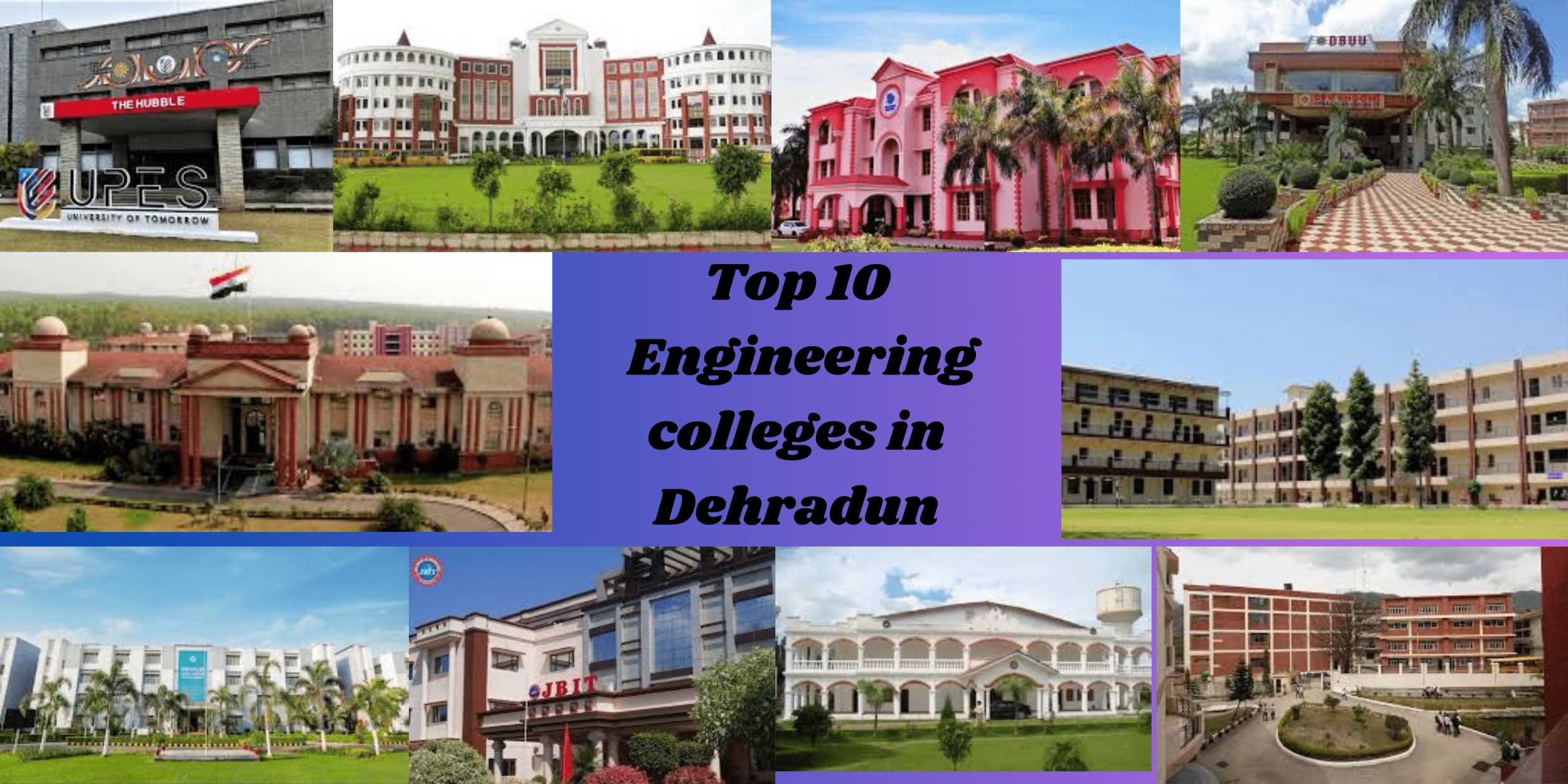Introduction
SEBI, The Indian markets for commodities and securities are governed by the Securities and Exchange Board of India. It is managed by the Indian government’s Ministry of Finance. On April 12, 1988, SEBI was established as an executive body. It received statutory authority on January 30, 1992, under the SEBI Act of 1992.
History
In 1988 the Controller of Capital Issues was replaced by the Securities and Exchange Board of India (SEBI) to oversee the securities market. On January 30, 1992, the SEBI Act gave it jurisdictional autonomy and statutory authority. Along with its regional offices in Ahmedabad, New Delhi, Chennai, and Kolkata, SEBI is headquartered in Mumbai. 16 of its 17 local offices were closed as of June 2023 as a result of reorganization. The Reserve Bank of India, the Union Finance Ministry, and five other government-nominated individuals make up SEBI’s board of directors, in addition to the chairman. Except for nidhis, chit funds, and cooperatives, SEBI is in charge of collective investment plans after the 1999 changes.
Functions and responsibilitiescc
The Securities and Exchange Board of India’s (SEBI) Preamble outlines the organization’s three primary goals: fostering market growth, safeguarding investor interests, and overseeing the securities industry. Investors, market intermediaries, and securities issuers are all served by SEBI. It can create regulations, carry out investigations, and issue verdicts because it possesses quasi-legislative, quasi-judicial, and quasi-executive capabilities. Accountability is ensured by an appeals procedure that includes a second appeal to the Supreme Court and the Securities Appellate Tribunal, which is chaired by Justice Tarun Agarwala. SEBI also strives to bring disclosure laws into compliance with global norms.
Powers
In order to carry out its duties efficiently, SEBI has been granted the following authority
1. Accept the securities exchanges’ bylaws.
2. mandate that securities exchanges modify their bylaws.
3. Examine the accounting records and request regular reports from reputable stock markets.
4. Look through the financial intermediaries’ books of accounts.
5. Make some businesses list their shares on one or more stock exchanges.
6. Brokers and sub-brokers should register.
7. Get rid of securities market misconduct.
SEBI committees
1. Technical Advisory Committee SEBI Investor Protection and Education Fund
2. Takeover Regulations Advisory Committee Committee for Review of Infrastructure Institutions’ Structure
3. Committee for Primary Market Advisory (PMAC)
4. Committee on Secondary Market Advisory (SMAC)
5. Committee on Mutual Funds, Committee on Corporate Bonds and Securitization
6. Broker types
7. Cheap brokers
8. Merchant brokers
Major achievements
With the successful implementation of methodical reforms, markets are now computerized and paperless. In order to guarantee settlements within two days of trade, it instituted the T+5 rolling cycle in July 2001, T+3 in April 2002, and T+2 in April 2003. Delays and fraud were decreased by the Depositories Act of 1996, which did away with actual certificates. Additionally, SEBI’s liberalization of the takeover code and augmentation of disclosure requirements were appropriate responses to the global financial crisis and Satyam scam. For retail investors, it increased the application threshold to ₹200,000. During World Investor Week in 2022, SEBI Executive Director Shri G. P. Garg introduced a book on financial literacy.
Criticism and controversies
Citing possible harm to SEBI’s function, the Supreme Court considered a Public Interest Litigation (PIL) contesting the government’s SEBI appointment procedure. Permitted to submit a new petition about constitutional matters, the court expressed apprehension. Former SEBI member Dr. K. M. Abraham said that the Finance Ministry was interfering with SEBI and it was under pressure from corporate interests. Due to its poor oversight of insider trading, expensive initial public offerings, and financial frauds, SEBI was criticized. Small-cap stock market manipulation continues because of scarce resources and sluggish regulatory action.
Regional Securities exchanges
Due to insufficient liquidity, it published exit instructions for securities exchanges in a circular dated May 30, 2012. Exchanges that didn’t fit the requirements were asked to end politely. Minimum net worth of ₹1 billion and ₹10 billion in annual trade are required by new regulations. Recognized exchanges were given two years by SEBI to comply or shut down. Furthermore, SEBI is focusing on virtual stock game apps, which are well-liked by ordinary investors and allow them to create virtual portfolios and engage in real-time stock price competition.








